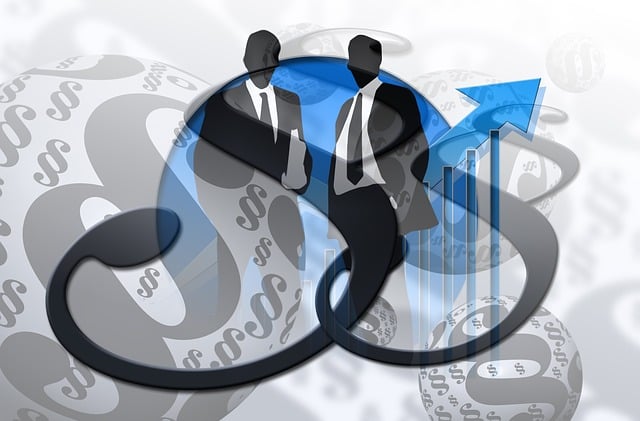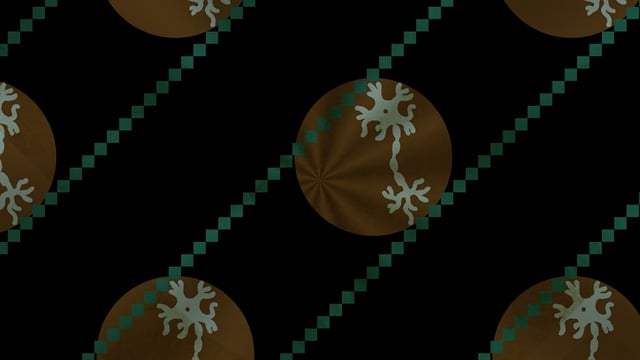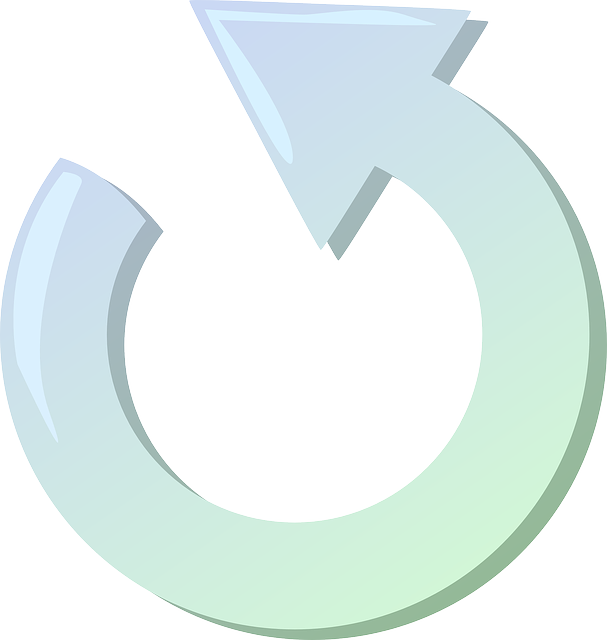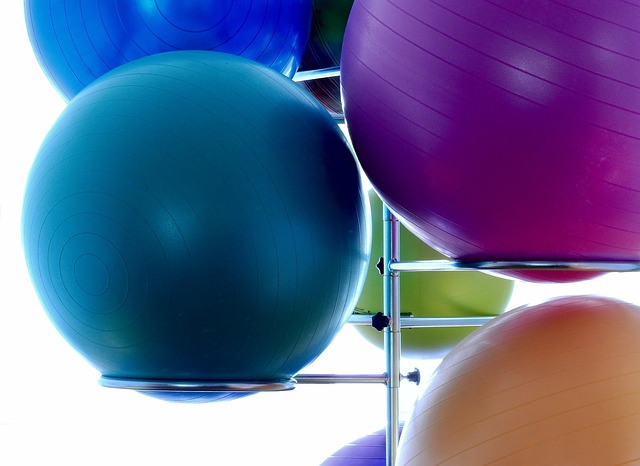Motor vehicle accidents (MVAs) can cause muscle spasms ranging from mild to severe, affecting various body parts. Chiropractic support is a non-invasive and effective treatment for these spasms, addressing root causes like spinal misalignments and nerve irritations. Chiropractors use manual adjustments, massage, exercise therapy, and education on posture and movement to manage pain and promote faster recovery. Along with self-care strategies like hydration and stretching, chiropractic support offers a natural and potentially long-lasting solution for MVA-related muscle spasms, helping restore balance and function.
After a motor vehicle accident, experiencing muscle spasms? You’re not alone. These painful contractions can be a common consequence of whiplash and other injury types. Understanding the root cause is key to effective care. In this article, we explore natural solutions for managing muscle spasms, focusing on chiropractic support as a non-invasive treatment option. We also delve into self-care strategies to complement your recovery journey, ensuring comprehensive relief.
- Understanding Muscle Spasms After a Motor Vehicle Accident
- Chiropractic Care as a Non-Invasive Treatment Option
- Additional Self-Care Strategies for Effective Relief
Understanding Muscle Spasms After a Motor Vehicle Accident

Muscle spasms following a motor vehicle accident (MVA) are a common and often distressing symptom. These spasms can range from mild discomfort to severe, debilitating pain, affecting various muscle groups in the body. They occur as a natural response to the trauma experienced during an accident, where muscles go into protective spasm to prevent further injury. Chiropractors play a significant role in managing these post-accident muscle spasms, offering specialized care and support.
Chiropractic support for motor vehicle accident-related muscle spasms involves a multi-faceted approach. Chiropractors assess the spine and surrounding musculature for misalignments or restrictions that may be contributing to the spasms. They use techniques like adjustments, massage, and exercise therapy to alleviate pain and reduce muscle tension. Additionally, chiropractors educate patients on posture, movement, and injury prevention strategies to manage muscle spasms effectively and promote faster recovery.
Chiropractic Care as a Non-Invasive Treatment Option

Chiropractic care offers a non-invasive treatment option for individuals suffering from muscle spasms, especially those related to motor vehicle accidents. Chiropractors use a variety of techniques, including manual adjustments and specialized exercises, to address the underlying causes of spasms. These methods aim to improve spinal alignment, reduce nerve irritation, and enhance overall mobility, providing effective relief without the need for medication or surgery.
For individuals who have experienced a motor vehicle accident, chiropractic support can be particularly beneficial. Whiplash and other traumatic injuries often lead to muscle spasms and stiffness. Chiropractors are trained to diagnose and treat these issues holistically, focusing on not just the symptoms but also on restoring the body’s natural balance and function. This approach promotes faster healing and long-term wellness for patients dealing with accident-related muscle spasms.
Additional Self-Care Strategies for Effective Relief

In addition to professional treatments, there are several self-care strategies that can significantly aid in managing and alleviating natural muscle spasms, especially after a motor vehicle accident. One effective approach is staying actively hydrated; drinking an adequate amount of water helps maintain muscle health and flexibility, reducing the likelihood of spasms. Regular stretching exercises tailored for the affected muscles can also provide relief, improving blood circulation and promoting muscle relaxation.
For those considering chiropractic support, this alternative therapy has shown promise in managing muscle spasms related to accidents. Chiropractic care focuses on adjusting the spine and joints, aiming to restore proper alignment and nerve function. This non-invasive approach can effectively target specific muscles affected by spasms, offering a natural and potentially long-lasting solution for post-accident muscle discomfort.
After a motor vehicle accident, experiencing muscle spasms can significantly impact your recovery. Understanding these spasms and exploring effective care options is crucial for managing discomfort and promoting healing. Chiropractic care offers a non-invasive treatment approach, providing relief through manual adjustments and personalized rehabilitation exercises. In conjunction with self-care strategies like stretching, hydration, and stress reduction, individuals can find comprehensive chiropractic support to alleviate motor vehicle accident-related muscle spasms and restore overall well-being.














